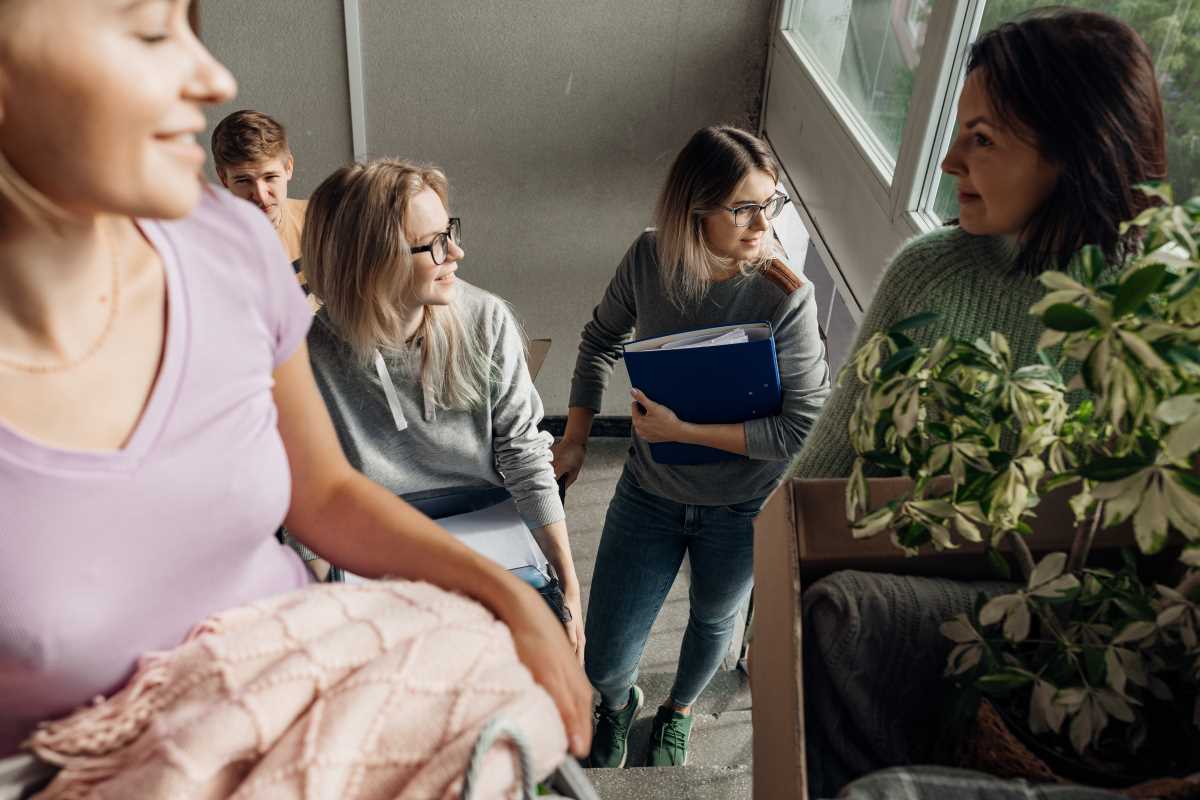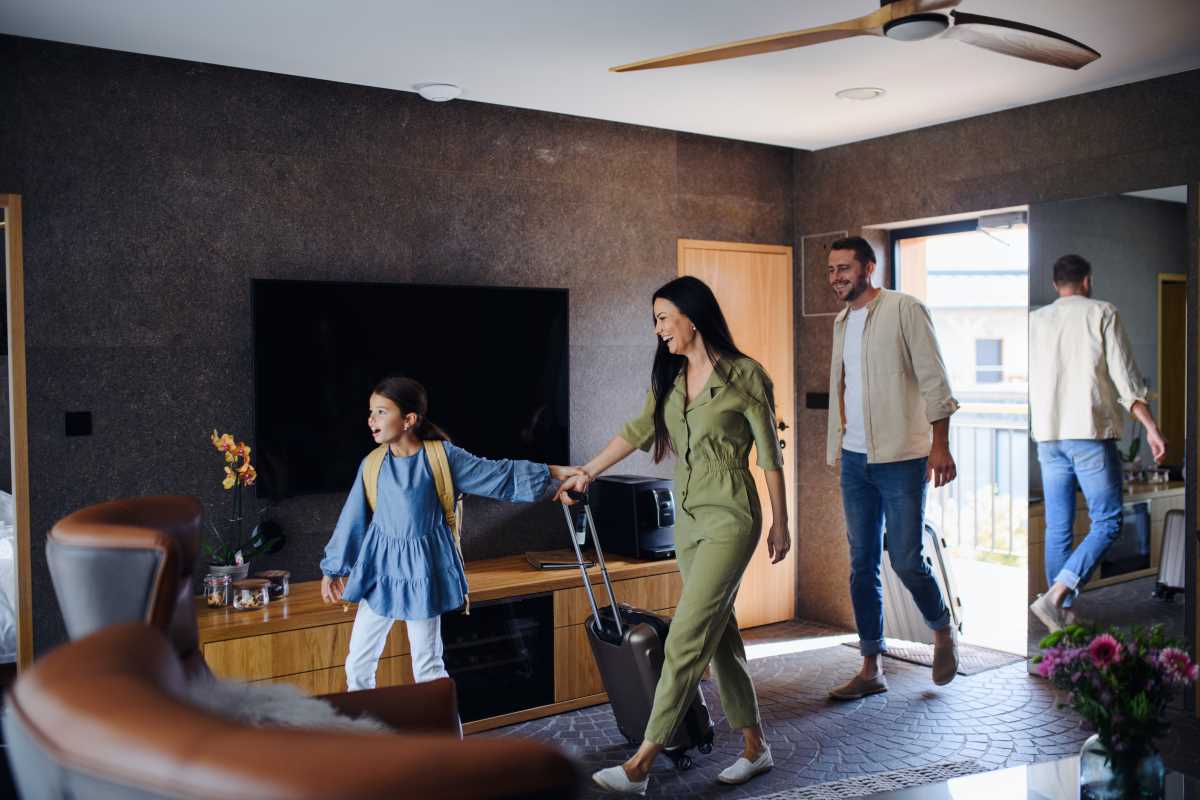Shared living environments provide opportunities to form meaningful bonds with the people nearby. Friendly conversations, shared meals, and mutual support can turn ordinary routines into positive experiences and help everyone navigate ups and downs together. When people treat each other with kindness and respect, the space becomes more inviting and comfortable. Strong relationships help create a sense of belonging, making each person feel valued and at ease in their home. By reaching out and connecting with others, you can help shape a place where laughter, cooperation, and understanding naturally flourish.
A sense of community transforms daily life. When neighbors share a laugh, exchange a helping hand, or simply enjoy a conversation, they create lasting memories. These connections turn ordinary living spaces into vibrant communities packed with support and fun.
The Evolution of Community Living Spaces
Community living has taken on new shapes over time, moving beyond traditional neighborhoods to include co-living arrangements, modern apartment complexes with shared amenities, and even creative living cooperatives. People now choose living situations that not only offer comfort but also pave the way for spirited social interaction. Changes in lifestyle and work have encouraged communities to find new ways to blend convenience with social opportunities.
The shift in how people live together introduces fresh ways to share resources, ideas, and experiences. In these spaces, residents make decisions together on everything from managing shared gardens to planning neighborhood events. This evolution supports more inclusive and interactive environments where connections develop naturally.
Key Benefits of Building Bonds in Shared Environments
When neighbors get to know each other, the positive effects extend throughout the community. A true sense of belonging helps residents feel confident in reaching out when they need help and makes everyday tasks more enjoyable. Such bonds also contribute to a safer, friendlier, and well-supported living space.
Some of the main benefits include:
- Improved safety through mutual care and vigilance.
- Shared responsibilities that lighten household burdens.
- A sense of belonging that reduces feelings of isolation.
- Opportunities for social gatherings that spark creativity and laughter.
- Enhanced emotional support during tough times.
Effective Strategies for Connecting with Neighbors
Simple, practical actions can lead to meaningful relationships with those living close by. Starting small and being genuine helps build trust gradually and steadily. Routine greetings or organizing small get-togethers can open the door to deeper friendships.
If you want ideas to connect with your neighbors, try these actionable tips:
- Plan regular meet-ups in common areas. A coffee morning or evening stroll can provide a casual setting to interact.
- Create a community notice board where people can share news, tips, and even local events.
- Host potluck dinners or themed parties that allow residents to share delicious foods and stories.
- Volunteer together in small projects, like cleaning up a local park, which helps build camaraderie.
- Develop a simple messaging group that keeps everyone informed about daily happenings.
Overcoming Common Challenges in Community Living
Living in a community does not mean avoiding bumps along the road. Differences in habits, opinions, or schedules can sometimes lead to misunderstandings. Open and respectful conversations play a key role in resolving conflicts before they grow into major issues.
When tensions arise, taking time to listen and empathize with others often smooths things over. Clear communication about shared responsibilities and boundaries can make daily interactions more predictable and fair for everyone. Small steps like these prove that patience and dialogue can solve many problems inherent to communal living.
Making the Most of Shared Amenities and Activities
Shared spaces like gardens, gyms, or community lounges offer many opportunities to spend quality time with others. Enjoying these amenities together can lead to unexpected friendships and enjoyable experiences. Actively using these communal spots makes it easier to meet people who share similar interests.
For example, a friendly fitness session at a local gym or a collaborative cooking session in a shared kitchen can be a good starting point for conversation. You might find a helpful tip or a new friend simply by striking up a chat next to the coffee machine.
Building community in shared living spaces often means participating actively in available activities. Whether you join a book club, play games in a recreational room, or garden alongside others, each small action adds to the overall warmth of the space. Reminding yourself that every moment holds the potential for connection can keep you feeling positive even on days that seem long.
Connecting with neighbors increases happiness and builds strong, supportive communities. Cooperation and kindness become part of daily life.
 (Image via
(Image via





